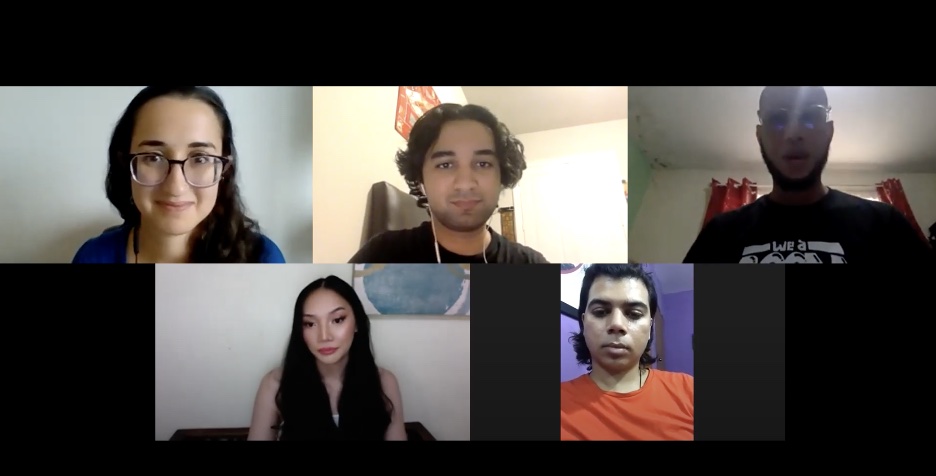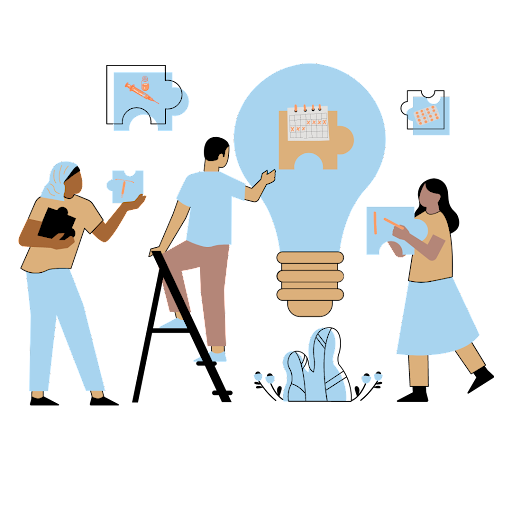Ms. Castelano spoke about her work promoting the sustainability of HIV services for key populations. She discussed one of her qualitative research projects, a focus group of transgender women, where she gained insight into their issues, needs, and concerns surrounding the accessibility and delivery of transgender health services. The highest-priority challenge for transgender women participants is access to HIV self-testing. HIV self-testing is often preferred because it promises confidentiality. Another SRH need was breast self-examination, especially for those undergoing gender-affirming hormone therapy. Other major needs that transgender women mentioned were access to pre-exposure prophylaxis (PrEP), free condoms, and sexually transmitted infection (STI) testing.
Ms. Imran enumerated the many hurdles that transgender women in Pakistan currently face. Hormone treatment is expensive, and many local clinics are not safe for transgender women. Community-based organizations are creating guides for transgender women to help them better understand hormone therapy and other aspects of gender affirmation surgery.
Mr. Lord mentioned a Jamaican youth organization called Equality Youth that handles youth-related LGBTQIA issues. Recently, Equality Youth formed several youth focus groups, which discussed youth-related LGBTQIA issues, solutions, and sent a report to the government. The focus groups emphasized access to health care as a big issue for those who identify as LGBTQIA—fear, discrimination, and stigma make people less willing to access help in certain health care spaces. Persons who identify as LGBTQIA do not feel secure and believe they do not receive the necessary support when they are violated.
Mr. Nadeem explained the gaps in cultural spaces. Organizations often only address one aspect of a person’s identity while neglecting or even causing harm related to other aspects. Focus groups among young LGBTQIA Muslims have highlighted that Muslim spaces are often not supportive of their gender and sexuality, whereas many LGBTQIA spaces do not have capacity around Muslim and other religious identities. As a result, some LGBTQIA Muslims feel left out in both spaces. Additionally, in health care, providers may treat people in these identities differently. For example, a provider may not offer the same quality care to an LGBTQIA Muslim person as they would to an LGBTQIA non-Muslim person. Expanding health care providers’ capacities, ensuring they are cognizant of different aspects of a person’s identity, is something that Mr. Nadeem and colleagues are working toward.








